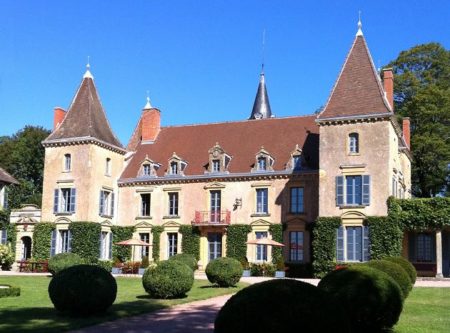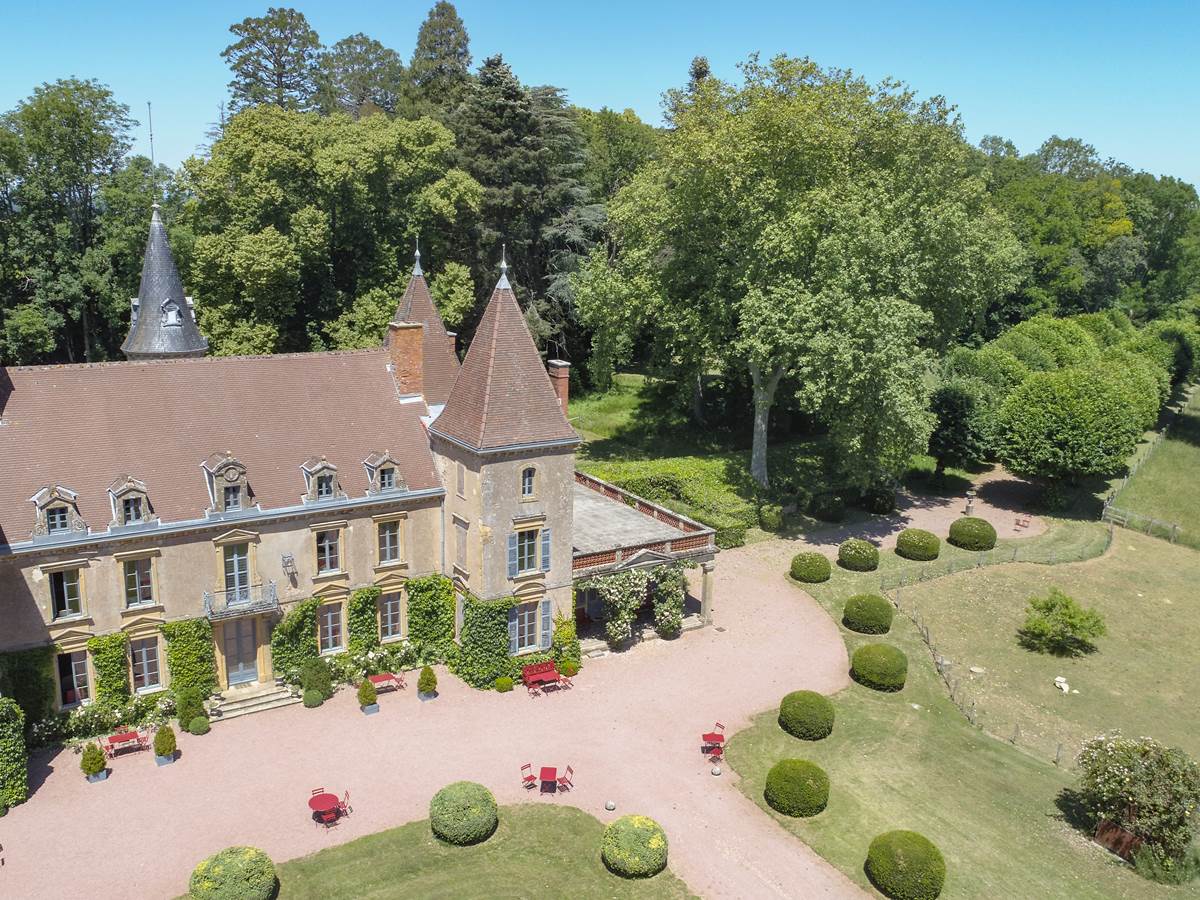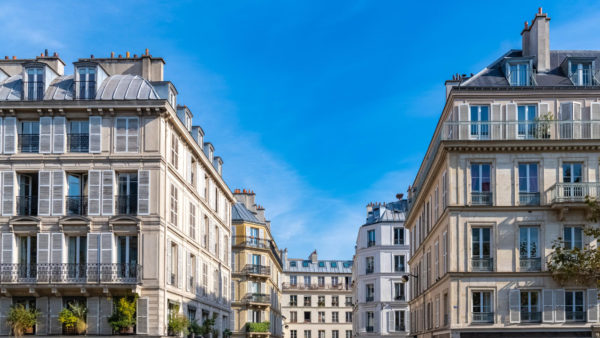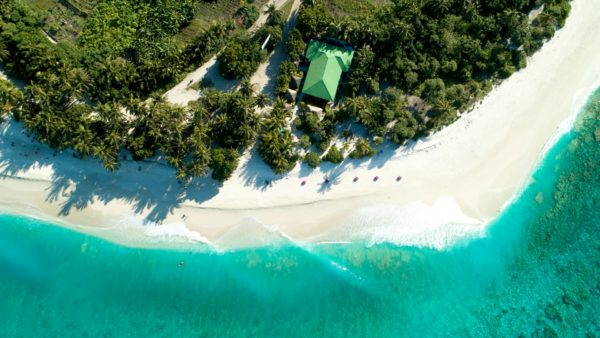The Livradois-Forez region (Puy-de-Dôme) is becoming increasingly interested in castle life. Castles are the stuff of dreams for young and old alike, and visits and B&B stays are becoming increasingly popular, as are family stories such as that of the Dumas family at Château de Vaulx in Sainte-Agathe (Puy-de-Dôme). According to Renaud Valentin of Mercure Forbes Global Properties, this phenomenon has been accentuated in recent years by the desire for wide-open spaces, especially since Covid.
Château de Vaulx in Puy-de-Dôme: a choice destination for lovers of fine stonework
Immersing yourself in the world of castles of yesteryear, visiting them and, why not, acquiring a property of this type has always fascinated everyone. The Livradois-Forez Regional Nature Park is the perfect place to do just that, with its wealth of castles, including the Châteaux de Vaulx in Sainte-Agathe. And for Renaud Valentin, sales agent with the Mercure real estate group (specializing in the sale of exceptional properties) in the Puy-de-Dôme and Allier regions, it’s no coincidence: “Buying a château is the culmination of a dream. During visits, as soon as they arrive at the entrance, buyers either sign or turn back.
Châteaux de Vaulx: an authentic, timeless property
And when you cross one of these thresholds, you’re plunged into a family estate, that of Château de Vaulx, which harbors an entire peasant history, far removed from the aristocratic clichés that cling to the skin of châteaux. Traces can be found of a fortified farmhouse occupied by the de Vaulx family around 1200,” explains Régine Dumas, who owns the property today. In the 19th century,
Work followed over the years, starting with an extension, “because in 1823 there were only two towers at the base, with their rounded crenellated tops. The existing roof tiles were replaced with slate, and the holes in the towers had to be repaired. A château is a poisoned chalice, it costs money. You must renovate something every year, electricity, carpentry and so on,” stresses the 89-year-old pensioner.
These are our roots, our heritage. To know where we’re going, you must know where we come from. And we’ve always preferred to live in peace and quiet, in the fresh air,” explains Régine Dumas. A fortnight ago, her son even set about tidying up the attic, a lengthy task that hadn’t been carried out for around three centuries. As a result, the family’s history buff Jean-François Faye marveled at the historical discoveries he made: “We came across some official documents that are still well preserved, with their seals, which isn’t bad. And if Château de Vaulx has stood the test of time, it’s thanks to a family heritage that has been handed down from generation to generation with the same affection.
Health crisis boosts outdoor property sales
According to Renaud Valentin, this desire has been accentuated by Covid. The Château de Puy-Guillaume, put up for sale for the second time in 2018 by the group, attracts buyers with more varied profiles than might appear: “Before Covid, châteaux might have been acquired by people in their fifties in the second half of their career. Now we’re into the emotional, not the rational. We were no longer looking for a property with a school 500 metres away. But since the pandemic, the desire for open spaces has become more pronounced, and we’re getting requests from families who have sometimes outgrown their 70 m² confinement. People are buying an exceptional property for a change of life, with the possibility of opening gîtes. So, they’re looking for schools, services and transport nearby.
Mercure Group properties in the Puy-de-Dôme region range from €600,000 to €2,600,000. For the sales agent, “this changes the perspective of those who might have bought an apartment in a big city before”. And the development of telecommuting in times of health crisis, “facilitated by the high-speed internet increasingly available in the countryside”, has convinced some, who spend a few days in their new château or manor house in addition to the weekend. “People can say to themselves, ‘Why bother spending an hour and a half on public transport to get to my apartment in Paris when I can take a two-hour train ride twice a week to get to the countryside? And with ecological awareness becoming an increasingly important criterion for buyers, “deciding to heat your château with wood or geothermal energy and having a vegetable garden are all taken into account”. However, Renaud Valentin qualifies his statement by lamenting the low profile of châteaux in Auvergne compared to their neighbors closer to major routes such as the Rhone Valley. According to him, “when people, foreigners, buy in Auvergne, it’s because they’re interested in it in the first place”.
Château de Vaulx: between family heritage and unique living space
For her part, Régine Dumas, with her Salers cows, suckling cows, 300 ewes, lambs and chickens for breeding and sale, and laying hens, has not failed to uphold the region’s agricultural tradition, and is determined to preserve the farming heritage of Château de Vaulx. “We had enough to eat, we lived almost self-sufficiently. Chateau life isn’t what people think it is,” she points out. And since “there’s a time for everything”, as she likes to say, the pensioner ended up retiring with her husband Guy, but not without staying put. With the development of green tourism in the Nineties, the couple took the gamble of offering bed and breakfast accommodation. One, at first. Then a second and a third a few years later, and meals with the arrival at the helm in 2010 of Martine and Philippe Vast, daughter and son-in-law respectively of Régine Dumas. “We had to make some money to live on. One day, some customers even told us that these stays should be reimbursed by the Social Security system, because they do so much good!” However, the service ended in 2021.
Today, the Dumas family confide that they are at a turning point, and are reflecting on the future of the château which, more than a place to live, has sheltered family memories. It’s our Proust’s madeleine, and it’s an inheritance we can pass on to our grandchildren if they really invest themselves in it, because it requires willpower, time and sacrifice,” recalls the octogenarian. Château life is like marriage: you sign up for better or for worse.


